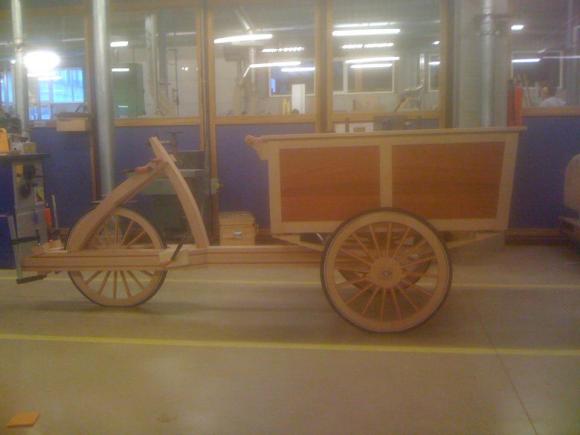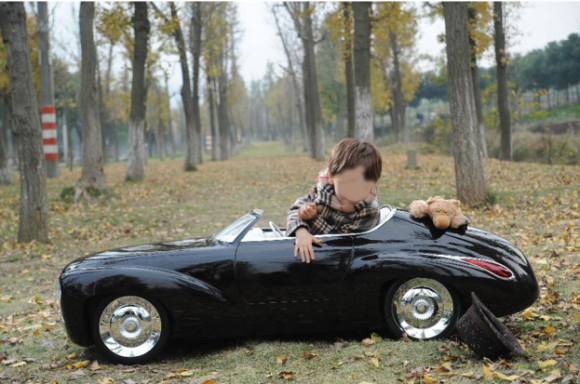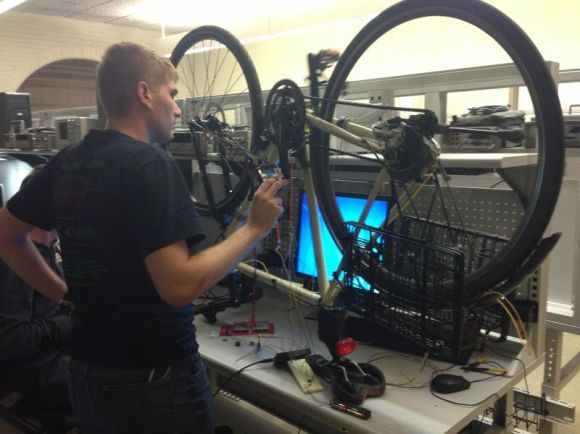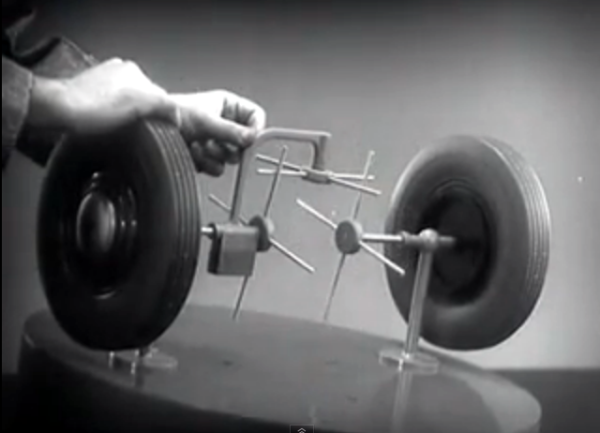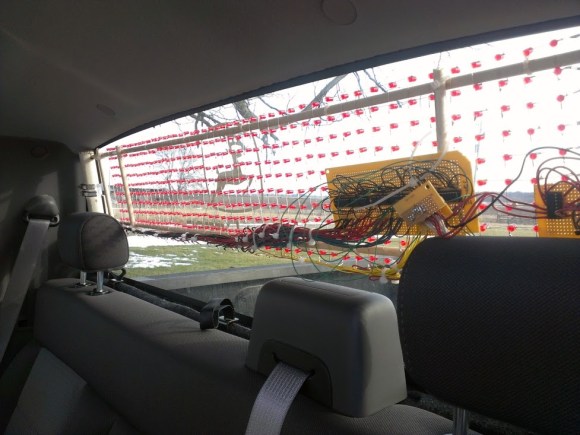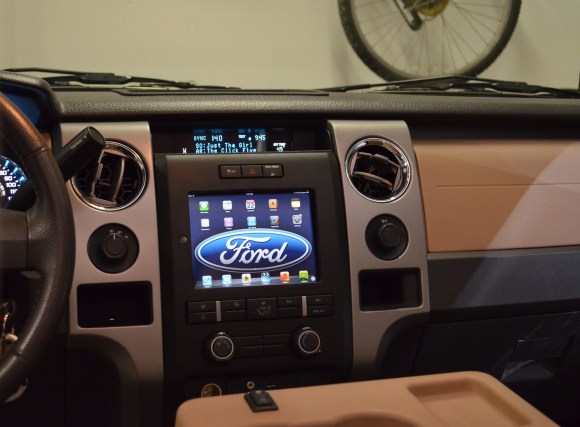It turns out that the Nexus 7 Android tablet is the perfect size to fit in a double DIN opening. DIN is the form factor of a single CD head unit for an automobile. Many models have room for a double DIN, which is defined as 4″ high by 7″ wide. Once [Meta James] figured out that the dashboard bezel for his Subaru framed the Nexus 7 perfectly he set out to fabricate the mounting system for an in-dash tablet installation.
Unlike a lot of these dashboard tablet installs, [James] didn’t need any Bondo, sanding, or painting to get things to look right. Like we mentioned, the bezel is a perfect fit so his alterations are hidden behind the tablet itself. He removed the stock head unit and ordered a DIN adapter kit to get the black bracket plate seen above. He built an acrylic box the same size as a double DIN head unit, then mounted the plates to the sides and a Nexus 7 case to the front. This holds the tablet in firmly, lets him mount the entire assembly using the factory mounting points, and leaves plenty of room for the cabling that connects the device to the car. Since he already had a hands-free phone system he just uses that to amplify the audio fed to it via Bluetooth.
[via Reddit]


